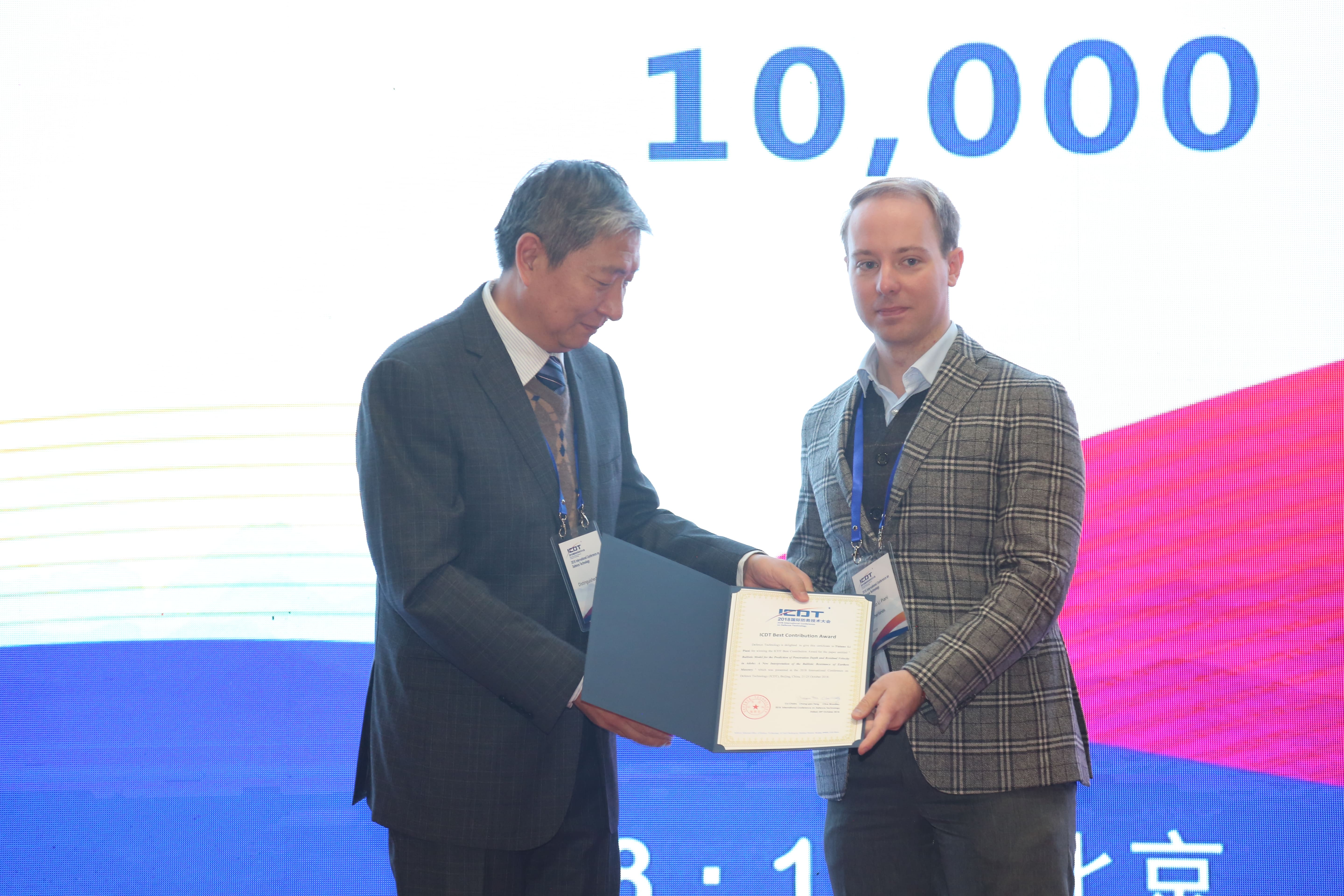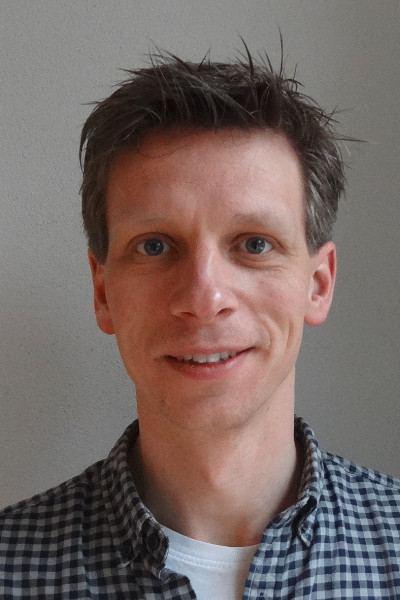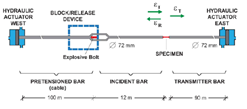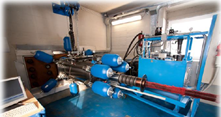News archive
Best contribution award for Tiziano Li Piani
The paper “Ballistic model for the prediction of penetration depth and residual velocity in adobe: a new interpretation of the ballistic resistance of earthen masonry” by Tiziano Li Piani, Jaap Weerheijm and Bert Sluys, published in the special issue of Defence Technology (Volume 14, Issue 5) has won the best contribution award at the 2018 conference Defence Technology (21st-25th October, Beijing, China).
The contribution was considered as “complete in structure and innovative in opinion” by the award committee chaired by Clive Woodley, scientist at the Institute of Shock Physics of Imperial College and former president of the International Ballistic Society. Tiziano is PhD candidate at the Applied Mechanics group of Civil Engineering Faculty supervised by Jaap Weerheijm and Bert Sluys. His research topic deals with the dynamic characterization of adobe, an earthen masonry spread in areas of the world prone to earthquakes or involved into military operations.

TU Delft maakt schommel en sandwich-vloer van glas
De groep Building Engineering en de afdeling Architectural Engineering & Technology van de TU Delft wil met het tentoonstellen van twee bijzondere, zelf gemaakte, grote glasconstructies glas als constructiemateriaal op de kaart zetten. Ze presenteren de Glass Swing (een schommel van glas) en een Glass Sandwich (een dubbele glazen vloer) op de grootste glasbeurs ter wereld: de Glasstec in Düsseldorf.
Glazen kolommen
De schommel is doorontwikkeling van het glazen staven concept. Deze massief glazen staaf/kolom is voor het eerst toegepast in de Glass Truss Bridge, te zien op de Green Village op de campus van de TU Delft (video). Voor de Glasstec is met deze “staven” een bijzondere boogvormige constructie berekend en vervolgens in elkaar gezet: een glazen schommel. de Duitse firma Schott, leverde de glazen staven en cilinders.
Vidi grant for Frans van der Meer
The Netherlands Organization for Scientific Research (NWO) has awarded a Vidi grant worth EUR 800,000 to Frans van der Meer. A Vidi grant enables researchers to set up their own research group to develop their own innovative line of research.
More information about his research:
What does it take to break a composite laminate?
Fibre reinforced composites can be designed in many variations. Every design needs to be tested to know when it breaks. Can this also be predicted? Researchers develop a detailed model that covers multiple scales. With new computer methods the computation time of the multiscale simulations remains practical.

Dynamic increasing factor of Adobe masonry
TU Delft is glad to announce that the joint proposal “Dynamic increasing factor of Adobe masonry” (code “D.I.F.Adobe”) between Delft University of Technology (DUT), Faculty of Military Science (NLDA), Dutch Ministry of Defence (MOD) and TNO has won the public announcement 2017-1-RD-ELSA-HopLab called by European Commission - department of Space, Security and Migration.
The proposal was aimed at addressing the dynamic response at high strain rate loadings of Adobe, a traditional masonry made of sun dried bricks and mud mortar. Tiziano Li Piani, leader user of the consortium and PhD candidate at TU Delft within the project “Impact analysis on Adobe”, supervised by Bert Sluys, head of Department of Materials, Mechanics, Management and Design (3MD) at Civil Engineering Faculty, Jaap Weerheijm, senior research scientist at the same department and TNO and Bart Koene (NLDA) will be performing Split Hopkinson Bar tests at the European Commission’s Joint Research Centre (JRC) in Ispra (Italy) from 24th May to 8th June. The largest Hopkinson pressure bar (an apparatus for testing the dynamic stress–strain response of materials), in the world is installed at the laboratories of Ispra.


Graphic layout (left) and picture zoom (right) of the “Large Hopkinson bar” at the HopLab in Ispra (Source: HopLab)